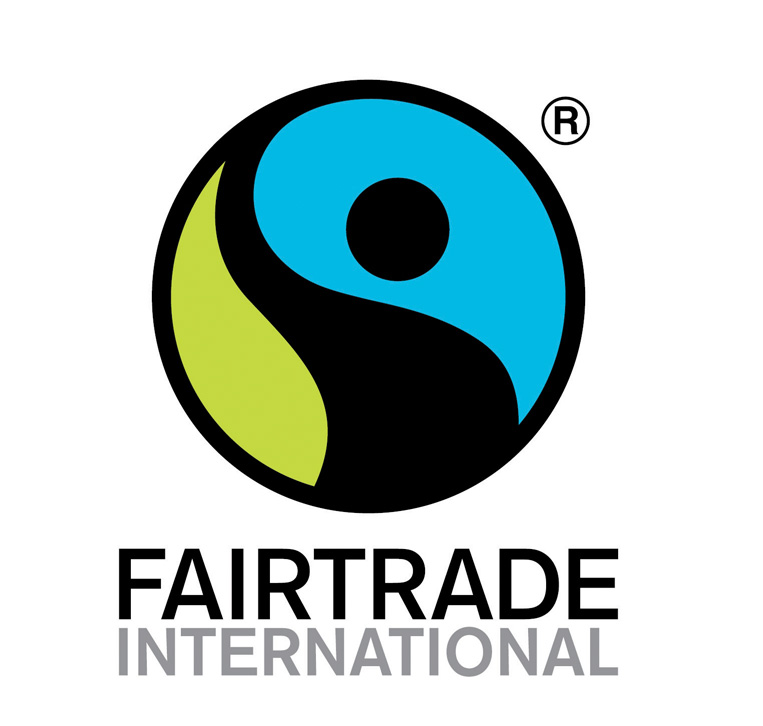CertificationProcess by which an organization undergoes an assessment or audit by a third-party organization to verify it has met relevant minimum standards. is an important and growing component of sustainability reporting and corporate accountability. Certification is the process by which individual facilities and organizations undergo assessment by a third-party auditor. If the facility meets the requirements set out in the standard or code, it can earn a certificate attesting to its compliance.
Many organizations are providing certifications of products to provide an indicator to customers that a product or service meets minimum requirements in regards to its sustainability impact. Quite often, it can be very difficult for a customer to understand the differences in conditions that occurred in producing a product, such as a t-shirt. A certification can provide a tangible way for consumers to discern products that were produced with lower societal impact, such as through SA8000A popular voluntary certification standard for decent labor conditions. As of 2010, 2,700 facilities in 62 countries with over 1.6 million employees had been certified. organizations, versus products that were produced at a sweatshop. The quality and appearance may or may not be similar.
Certification can help purchasing agents of companies select a supply chain that uses sustainable practices. An example of this could be Fair trade. Fair trade certifies that suppliers for agricultural products—such as coffee beans (see Chapter 9 "Case: Brewing a Better World: Sustainable Supply Chain Management at Green Mountain Coffee Roasters, Inc.") and cacao—pay farmers a “fair” amount for their product and have met specific environmental and labor standards.

Source: Fairtrade International.
Fair trade (a.k.a. Fair Trade Certified in the United States) is an alternative approach to conventional trade. Fair trade offers producers (such as small coffee bean farmers) improved terms of trade. This provides producers with additional income by paying a “fair” amount for the commodity they produce. A commodity is a marketable item produced in significant quantities. Examples include agricultural products (corn, soybeans, etc.), metals (gold, iron, etc.), and fuel (coal, oil, etc.). Fair trade offers consumers a powerful way to reduce poverty through their everyday shopping.
Over the last twenty years, sales of Fair Trade Certified products have increased significantly. Many farming communities in the developing world now benefit from fairer terms of trade. The Fair Trade Certification system covers a growing range of products, including bananas, honey, oranges, cocoa, coffee, shortbread, cotton, dried and fresh fruits and vegetables, juices, nuts and oil seeds, quinoa, rice, spices, sugar, tea, and wine. In 2009, Fair Trade Certified sales amounted to $4.8 billion worldwide up 15 percent from the previous year. Fair trade distributed an additional $74 million for community development. It is estimated that six million people directly benefit from fair trade.“Facts and Figures,” Fairtrade International, http://www.fairtrade.net/facts_and_figures.html.
A popular certification standard for organizations is the Leadership in Energy and Environmental Design (LEED). LEED is an internationally recognized environmental building certification system that was developed by the US Green Building Council (USGBC) in 2000. According to the US Department of Energy, buildings use 39 percent of the energy and 74 percent of the electricity produced each year in the United States; therefore, efforts to improve building sustainability can have a significant impact.
Organizations that are constructing new buildings or renovating building can use the LEED sustainable building design program. The organization can pick and choose different sustainable practices to undertake (although some projects are required for certification) and earn points for those projects. Organizations participate in LEED certification for a variety of reasons, including to help brand their organization as sustainable and to reduce building operational cost.
Up to one hundred points is possible in the LEED 2009 Certification for New Construction and Major Renovations with different levels of certification possible based on the total number of points. If a project achieves forty points and meets all minimum requirements, it will be certified. The next level up is silver certification if fifty minimum points are achieved. The next highest level is gold certified, and the highest possible level is platinum certification.
| Certification Level | Points Required |
|---|---|
| Certified | 40–49 |
| Silver | 50–59 |
| Gold | 60–79 |
| Platinum | 80+ |
Johnson Controls, traded on the New York Stock Exchange under JCI, is a global diversified company in the building and automotive industries with $34 billion in sales and 142,000 employees in 2010. Johnson Controls was ranked number one company in the 2011 Corporate Responsibility Magazine “100 Best Corporate Citizens” list. The Johnson Controls headquarters campus at Glendale, Wisconsin, has the largest concentration of buildings on one campus to ever receive LEED (Leadership in Energy and Environmental Design) platinum certification.
The company recently expanded their corporate campus by160,000 square feet, but even with the expansion, Johnson Controls has been able to reduce their energy use by 21 percent. Additionally, the company has reduced its greenhouse gas emissions by 375 metric tons of carbon dioxide equivalent and reduced its water use by 600,000 gallons annually. These reductions were achieved using on-site solar electricity generation, a rainwater collection, and a recycling system.
Employees have control over the temperature, lighting, airflow, and ambient noise levels at their individual workspaces. And if they’re not at their workspace for ten minutes or more, their individual environmental systems are automatically shut off to save energy.
“As a company that’s been in the energy efficiency business for 125 years, we believe it was important to set an example and demonstrate the benefits of incorporating the latest green technologies, including many of our own, into a multibuilding campus setting,” said Stephen A. Roell, chairman and chief executive officer of Johnson Controls. “We’re delighted that the US Green Building Council has recognized our efforts with its highest award of LEED Platinum certification. Hopefully, it will encourage others to improve the energy efficiency and sustainability of their properties, be it for one building or several.”